The exact format of your data is important here, which is why we try to encourage a reproducible example. However, it sounds as though your data is in the following format:
set.seed(1)
df <- data.frame(Person = 1:10,
Timepoint1 = rnorm(10, 1),
Timepoint2 = rnorm(10, 2),
Timepoint3 = rnorm(10, 1.5))
df
#> Person Timepoint1 Timepoint2 Timepoint3
#> 1 1 0.3735462 3.5117812 2.41897737
#> 2 2 1.1836433 2.3898432 2.28213630
#> 3 3 0.1643714 1.3787594 1.57456498
#> 4 4 2.5952808 -0.2146999 -0.48935170
#> 5 5 1.3295078 3.1249309 2.11982575
#> 6 6 0.1795316 1.9550664 1.44387126
#> 7 7 1.4874291 1.9838097 1.34420449
#> 8 8 1.7383247 2.9438362 0.02924762
#> 9 9 1.5757814 2.8212212 1.02184994
#> 10 10 0.6946116 2.5939013 1.91794156
If this is the case, then we can pivot to long format, convert the timepoints to numbers using a regular expression (this is the bit that might trip you up if your data has different names from this example data), and plot using ggplot:
library(tidyverse)
df %>%
pivot_longer(-Person, names_to = "Time") %>%
mutate(Time = as.numeric(gsub("^Timepoint(\\d+)$", "\\1", Time))) %>%
ggplot(aes(Time, value)) +
geom_boxplot(aes(group = Time)) +
stat_summary(geom = "line", fun = median) +
stat_summary(geom = "point", fun = median, size = 3) +
theme_classic()

Created on 2023-07-19 with reprex v2.0.2

